Rhubarb is a hardy and versatile perennial vegetable that is prized for its tart flavor and culinary uses. If you're planning to grow rhubarb in your garden, you may want to consider companion planting.
Companion planting is the practice of growing different plants together for mutual benefits, such as improved growth, pest control, and soil fertility. This article will discuss some of the best companion plants for rhubarb and why they're beneficial.
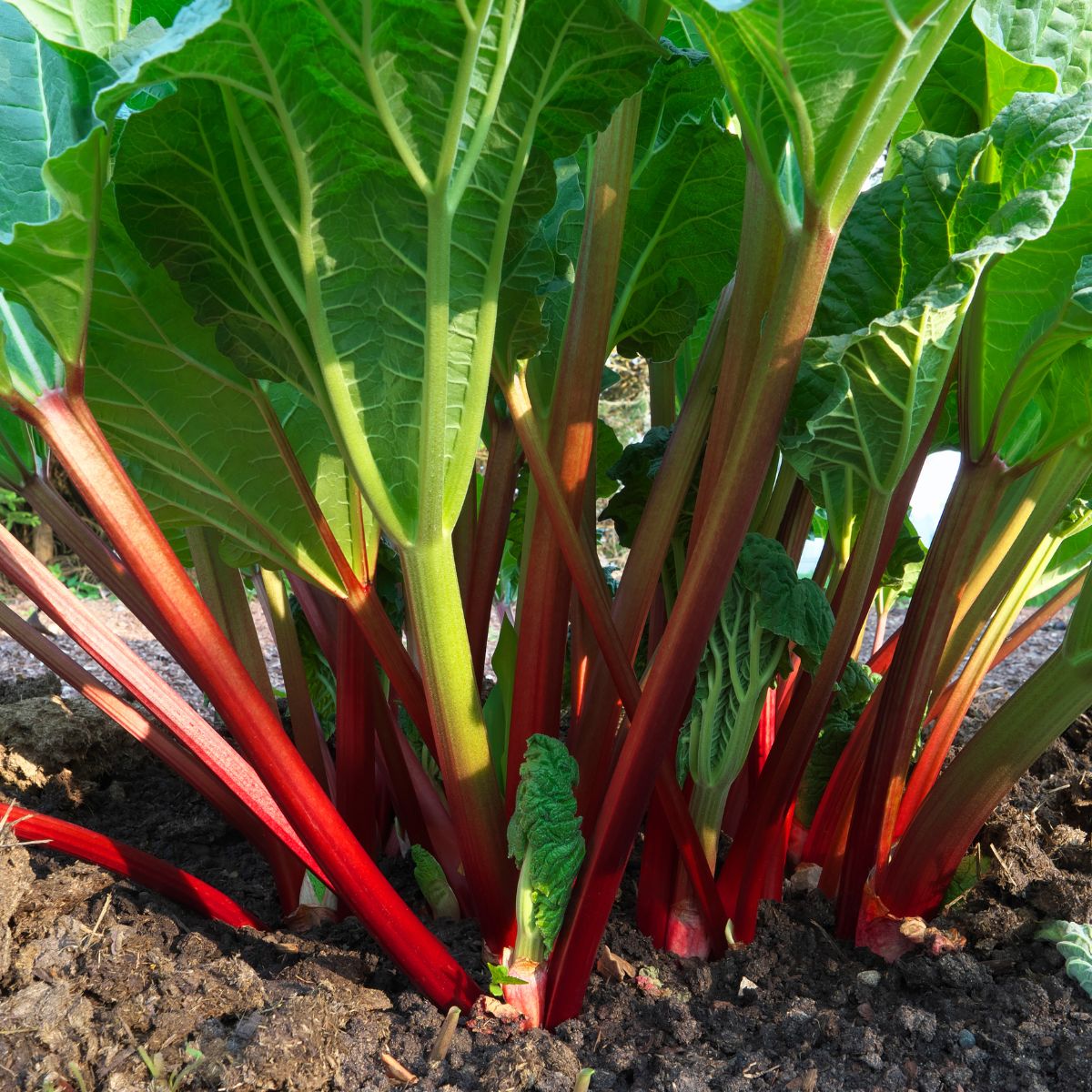
Read Next
Beans
Beans are a great companion plant for rhubarb because they can fix nitrogen in the soil. Rhubarb is a heavy feeder and requires lots of nutrients to grow, so planting beans nearby can help to improve soil fertility. Additionally, beans have shallow roots, so they won't compete with rhubarb for water and nutrients.
Carrots
Carrots are another great companion plant for rhubarb because they have similar growing requirements. Carrots are a root crop that grows well in loose, well-draining soil and can help break up the soil around rhubarb. Additionally, carrots can help to attract beneficial insects like ladybugs and lacewings, which can help to control pests like aphids and mites.
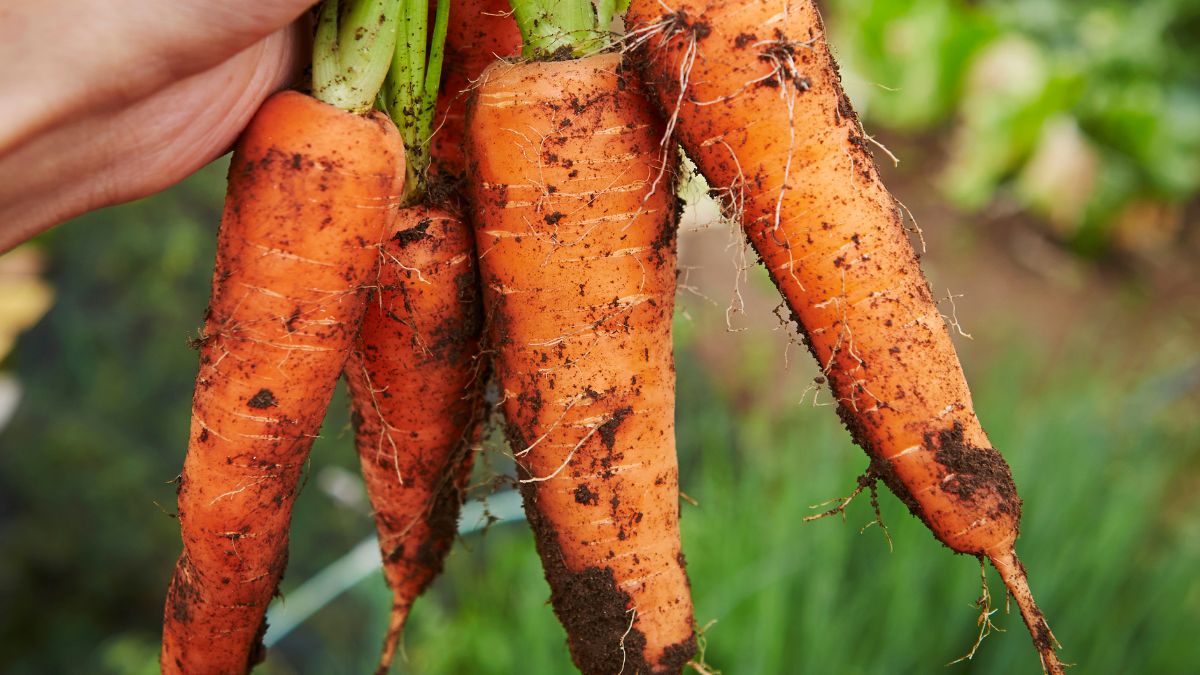


Cucumbers
Cucumbers are a vining plant that can help to shade the soil around rhubarb and keep it moist. Additionally, cucumbers have shallow roots, which means they won't compete with rhubarb for nutrients and water. Cucumbers can also help to attract beneficial insects like bees and butterflies.
Garlic
Garlic is a great companion plant for rhubarb because it can help to repel pests like aphids and spider mites. Additionally, garlic has sulfur compounds that can help to improve the flavor of rhubarb and other vegetables grown in the same area.
Peas
Peas are a great companion plant for rhubarb because they can fix nitrogen in the soil. Peas are also a climbing plant that can help to shade the soil around rhubarb and keep it moist. Additionally, peas can help to attract beneficial insects like bees and butterflies.
Potatoes
Potatoes are a great companion plant for rhubarb because they can help to break up the soil and improve soil structure. Potatoes also have shallow roots, which means they won't compete with rhubarb for nutrients and water. Additionally, potatoes can help to attract beneficial insects like ladybugs and lacewings.
Radishes
Radishes are a fast-growing crop that can be planted as a companion plant for rhubarb. Radishes have shallow roots, which means they won't compete with rhubarb for nutrients and water. Additionally, radishes can help to deter pests like aphids and flea beetles.
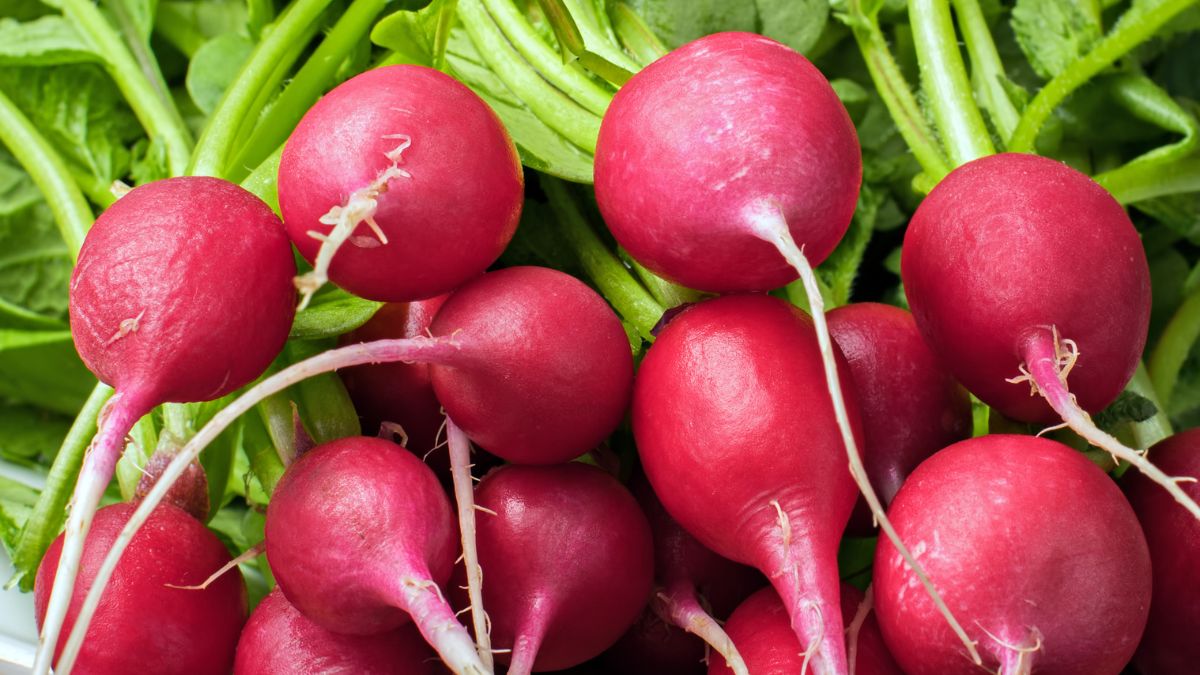


Sage
Sage is an herb that can be planted as a companion plant for rhubarb. Sage has aromatic oils that can help to repel pests like cabbage moths and carrot flies. Additionally, sage can help to improve the flavor of rhubarb and other vegetables grown in the same area.
Strawberries
Strawberries are a great companion plant for rhubarb because they can help to attract beneficial insects like bees and butterflies. Additionally, strawberries have shallow roots, which means they won't compete with rhubarb for nutrients and water.
Tomatoes
Tomatoes are a vining plant that can be planted as a companion plant for rhubarb. Tomatoes can help to shade the soil around rhubarb and keep it moist. Additionally, tomatoes can help to attract beneficial insects like bees and butterflies.
What Not To Plant With Rhubarb
- Brassicas: Rhubarb should not be planted with other members of the brassica family, such as broccoli, cabbage, and cauliflower. These plants have similar nutrient requirements and can compete with rhubarb for soil nutrients. Additionally, they can attract the same pests and diseases, increasing the risk of problems.
- Nightshade plants: Plants in the nightshade family, like tomatoes, peppers, and eggplants, should not be planted with rhubarb. These plants have different soil and nutrient requirements, and planting them together can lead to resource competition. Additionally, they can attract the same pests and diseases, increasing the risk of problems.
- Alliums: Alliums, such as onions and garlic, should not be planted with rhubarb. They have different soil and nutrient requirements, and planting them together can lead to resource competition. Additionally, alliums can inhibit the growth of rhubarb and other plants.
- Fennel: Fennel is known to attract pests that can damage rhubarb, so it's best to avoid planting them together.
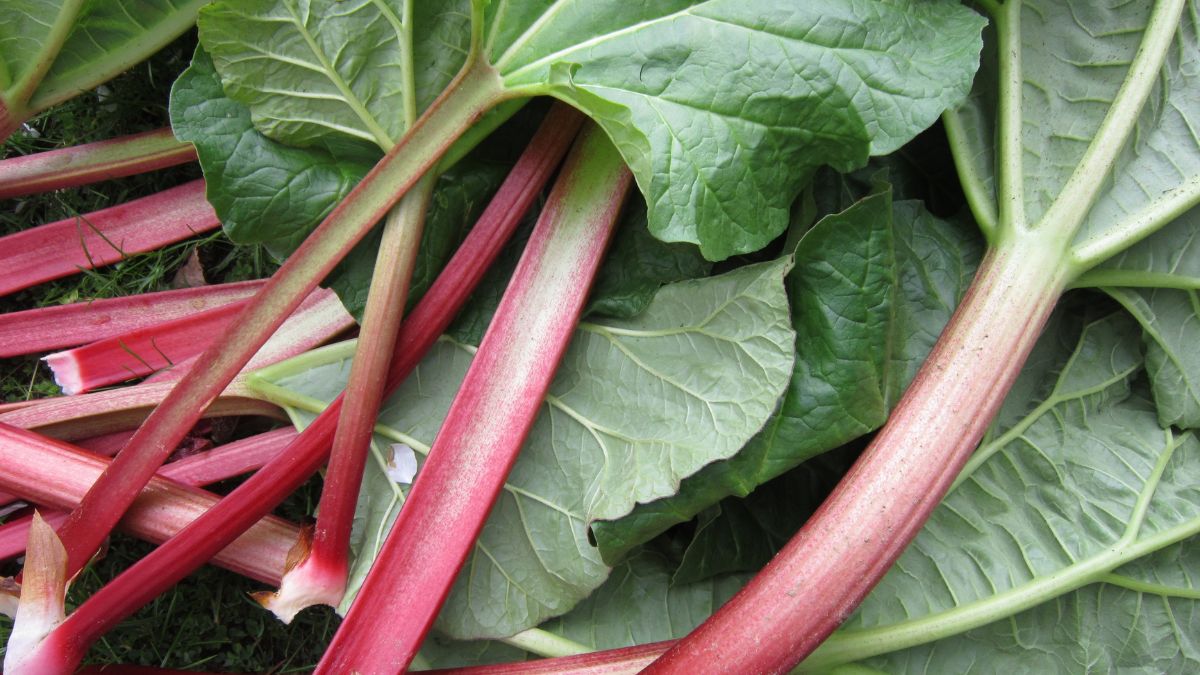


Tips for Successful Companion Planting with Rhubarb
To ensure successful companion planting with rhubarb, it's important to follow a few guidelines:
- Proper spacing: Make sure to space companion plants according to their needs and requirements. Avoid overcrowding, which can lead to competition for resources.
- Monitoring: Keep an eye on your plants for signs of pests and diseases. Early detection can help prevent the spread of problems.
- Crop rotation: Rotate your crops to avoid depleting the soil and prevent the build-up of pests and diseases.
Conclusion
In conclusion, companion planting is a great way to improve the health and productivity of your garden. By planting rhubarb with beans, carrots, cucumbers, garlic, peas, potatoes, radishes, sage, strawberries, and tomatoes, you can create a healthy and diverse garden ecosystem that benefits both your plants and your taste buds.
The companion plants for rhubarb listed above offer a range of benefits, including improved soil fertility, pest control, and flavor enhancement. With careful planning and consideration, you can create a thriving garden that produces healthy and delicious crops year after year. Happy planting!

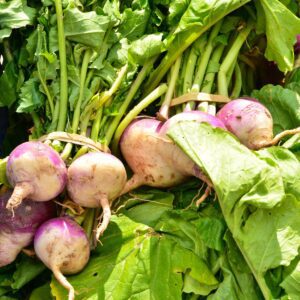


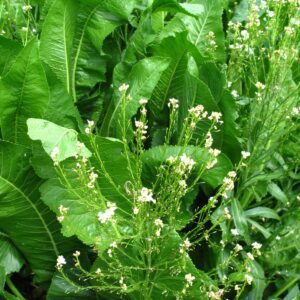
Comments
No Comments